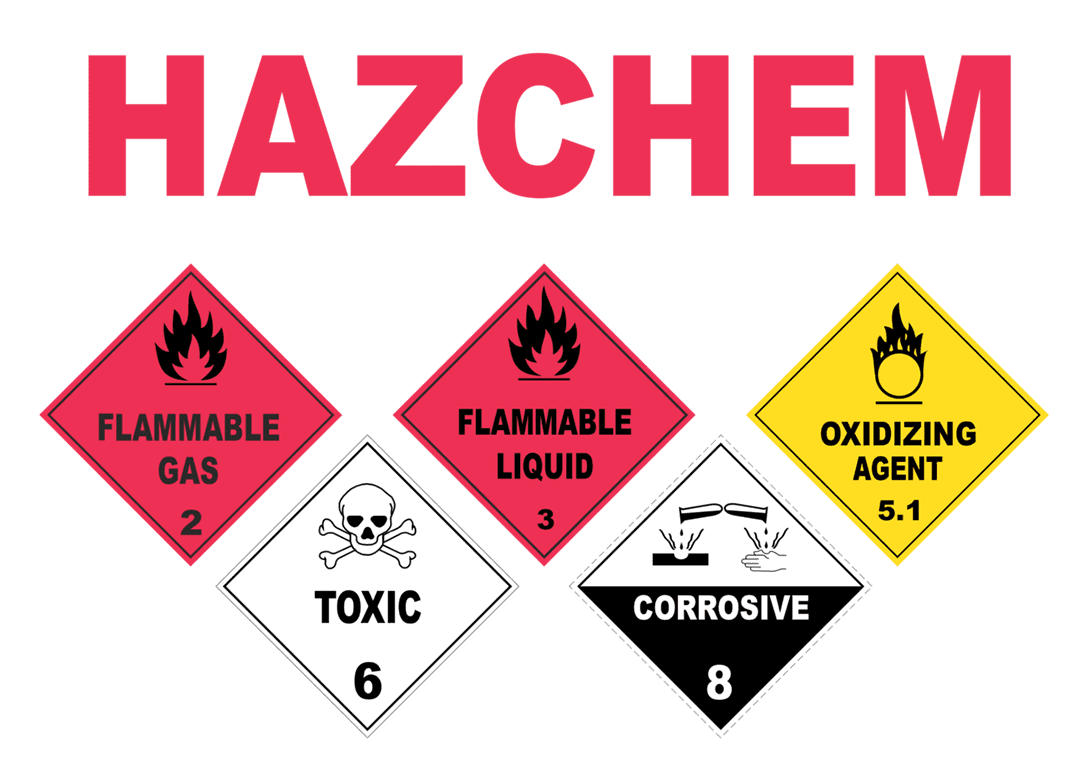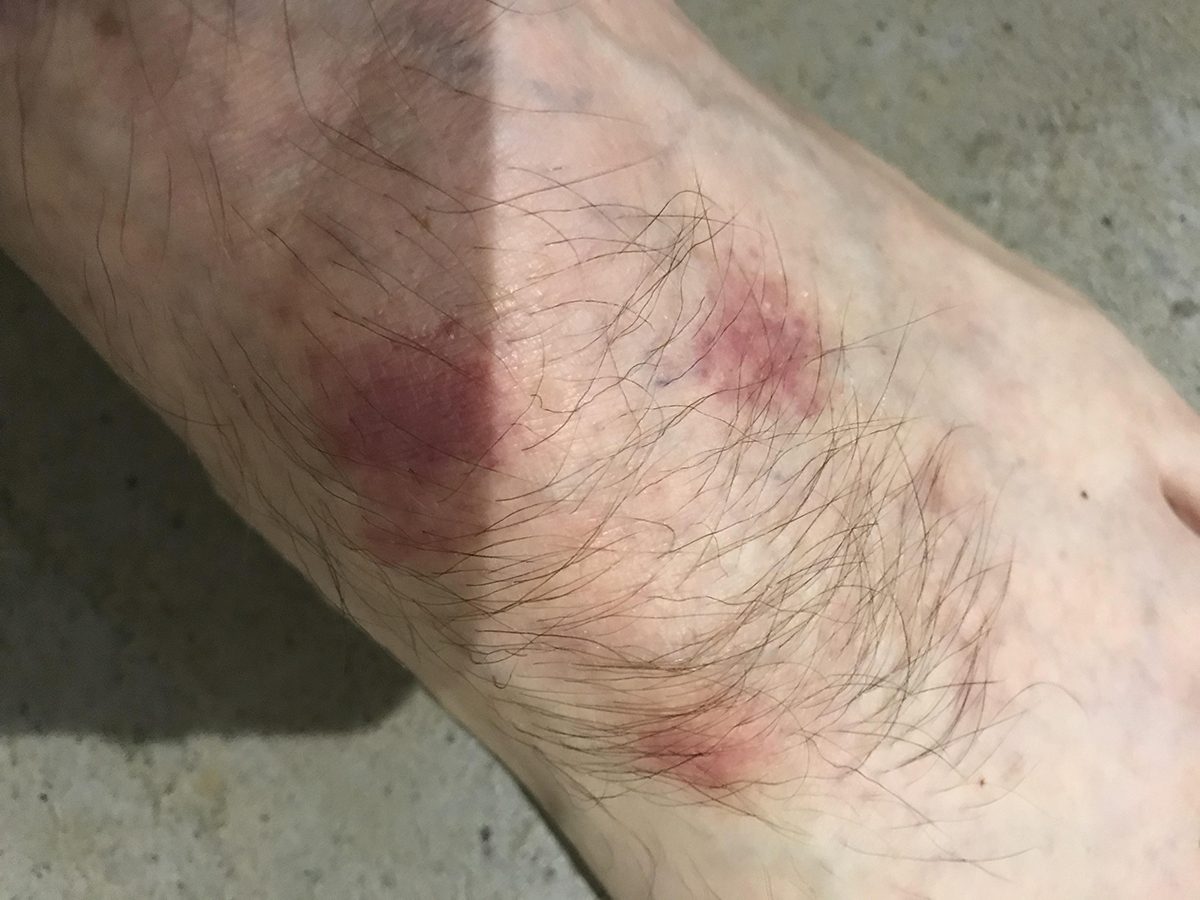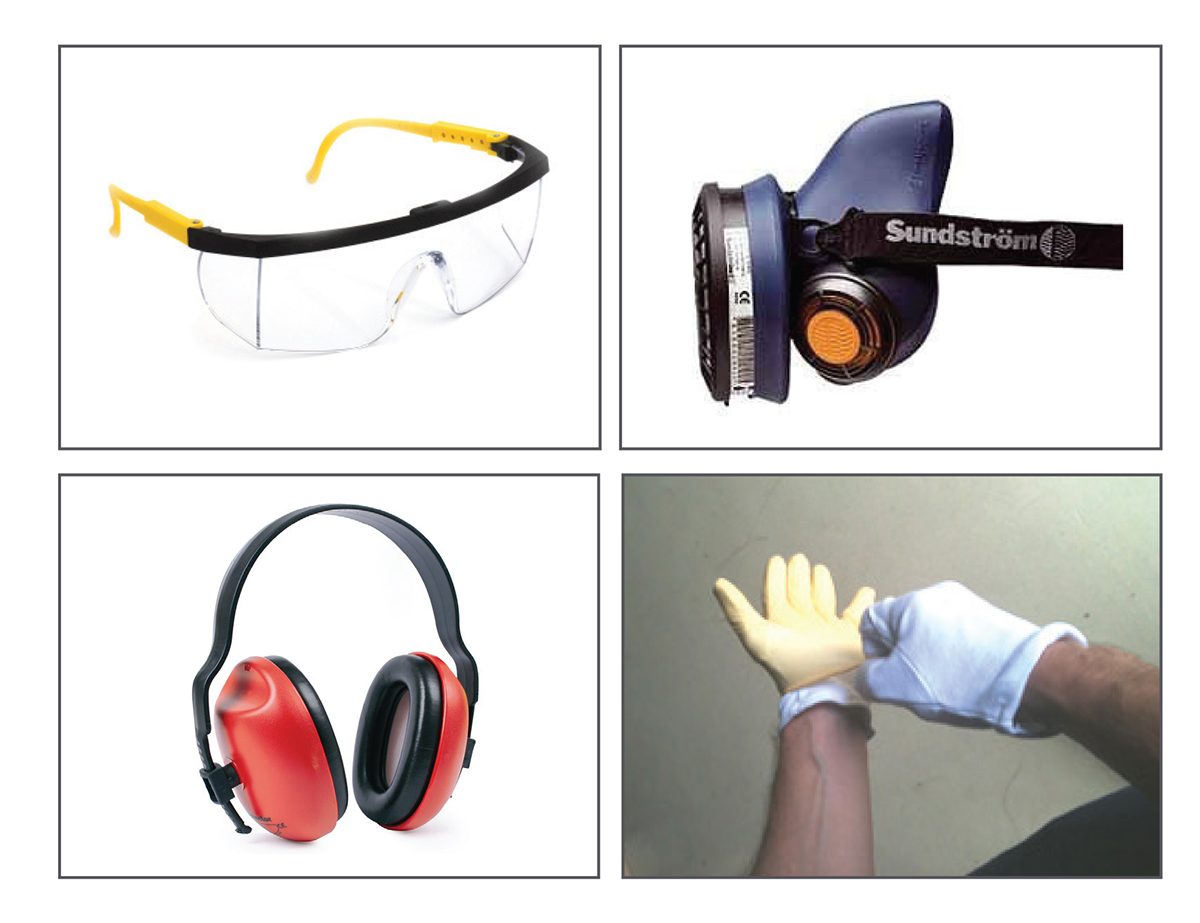Home › Is epoxy flooring safe to use?
While my strong ties with two-pack epoxy flooring has a lot to do with performance, I was definitely drawn to it by the health and safety aspect as well. Right at the start of my epoxy flooring career, I got sensitised to MDIs used in polyurethanes and from that moment I vowed to stay away from “nasties” as much as possible.
Besides MDIs, the thing I most wanted to get rid of was solvent. As you’ll see below, there are other hazards to be found in epoxy flooring formulations, however solvents were front of the queue because I knew they didn’t have to be there and epoxies without solvents were very much a reality.
The stench was a big enough turn off for me, but there was also the fact they’ve been known to cause acute (short term) effects such as:
And have a chronic (long term) impact on:
Some installers may scoff at those concerns, while others believe they're safe with organic vapour masks (even though solvents are more than just an inhalation issue). You can’t work in full body suits, so what do you do? Once again, the macho men say, “I'm tough, she'll be right”. Well, the cemeteries are full of macho men, and you shouldn’t have to sacrifice your health for work.
Also, it might not concern you, but what about the people who live or work around your epoxy flooring projects? In my humble opinion, if you’re working indoors with solvent-borne epoxy flooring products then you’re downright negligent. One horrific story told to me by a father always springs to mind here. His son was mixing a solvent-borne coating in a 20-litre bucket when the vapour tracked through the building and was ignited by a cigarette. The outcome was third degree burns and other life-changing injuries.
The risks are not only during application or for seven days after either. Solvents can be slowly released for years and contribute to medical conditions such as Sick Building Syndrome. This illness has emerged on the back of modern practices that aim to conserve energy by sealing up buildings as much as possible. As a result, natural ventilation suffers and when combined with the release of chemicals in modern materials creates a dangerously low quality of air.
I stumbled across an article published in The Australian Financial Review a few years ago that gave a glimpse into this problem. It claimed people spent 90% of their time indoors, in buildings that “are two to three times more concentrated [with pollutants] than outside”.
It also presented an example of “a woman who moved into a mass-produced project home built with materials that give off significant levels of formaldehyde (a VOC). After living in the house for 6 months, the woman went to a house-warming party in an identical but brand-new home in the neighbourhood. On immediate contact with the powerful levels of formaldehyde in the new house, she collapsed. What happened was that her body had become over-sensitised to the chemical through exposure to it in her own home”.
The article concluded by quoting, “The full impact of poor indoor air quality has yet to be recognised...indoor air quality is the most serious environmental issue that has not been addressed in this country”.
With solvents playing a starring role in these dramas, it seems the easy fix for everyone is to at least minimise the amount being used in the first place.
While many installers don’t give a second thought to the safety issues listed above, I’ve seen some who are completely the opposite. They’re over the odours, rashes and dizzy spells and don’t want to deal with it anymore. As a manufacturer of solventless epoxy flooring, I regularly get asked by those looking for less hazardous options if solventless means they’re completely free from danger.
The response to that question is a firm no! While being solvent-free removes an obvious hazard, there are other ingredients that can pose health and safety risks and installers should be very careful not to fall into the trap of thinking solvent-free is automatically risk-free.
The types of ingredients that can still cause harm include:
To finish what is a brief discussion on a major topic far beyond the scope of this article, it’s worth emphasising that while there’s no doubt using solventless epoxy flooring technology is a big step toward better and safer flooring practices, there are still some dangers installers must be aware of.



This information has been adapted from our epoxy handbook - “Finally, real answers for real contractors – Industrial Flooring”.
Copies are available on the Support page.
Real World Epoxies has formulated, manufactured and supplied high-quality epoxy flooring systems and products for more than two decades. We stand behind our products because we only use proven, high-quality materials that we know will perform as expected. You can trust our epoxy flooring systems for your epoxy flooring project.
Let us help you with your epoxy flooring needs when you fill out one of our contact forms or call us on 1300 EPOXIES (1300 376 943).
To help build a strong resin flooring industry that sits alongside timber, carpet, tiles and vinyl as a mainstream flooring option.
To eliminate preventable failures
that hurt the resin flooring industry
and prevent it from reaching its full potential.

